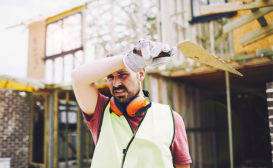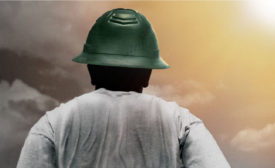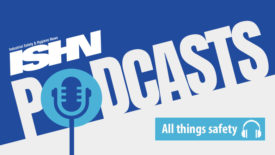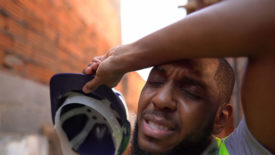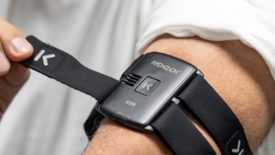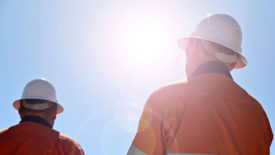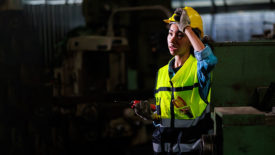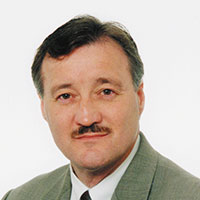Home » Keywords: » heat stress
Items Tagged with 'heat stress'
ARTICLES
Best Practices
Is the manufacturing sector prepared for rising heat?
WBGT meters and understanding how to determine risk
September 20, 2023
EVENTS
Webinar Sponsored Webinars
6/29/23 to 6/29/24
Contact: Amy Jackson
3 Steps to an Impactful Heat Stress Prevention Program
Featured Event Sponsored Webinar Sponsored Webinars
6/5/24 to 6/5/25
Contact: Amy Jackson
A New ANSI / ASSP Construction Heat Stress Management Standard
Get our new eMagazine delivered to your inbox every month.
Stay in the know on the latest safety trends.
SUBSCRIBE TODAYCopyright ©2024. All Rights Reserved BNP Media.
Design, CMS, Hosting & Web Development :: ePublishing
